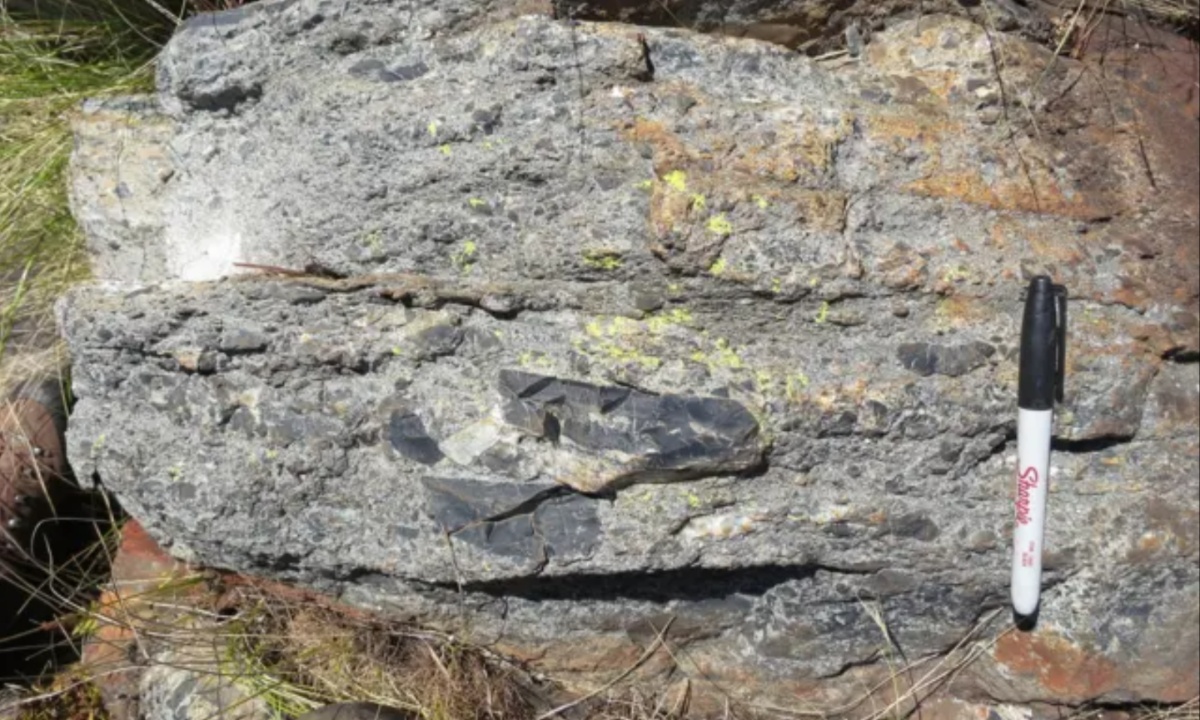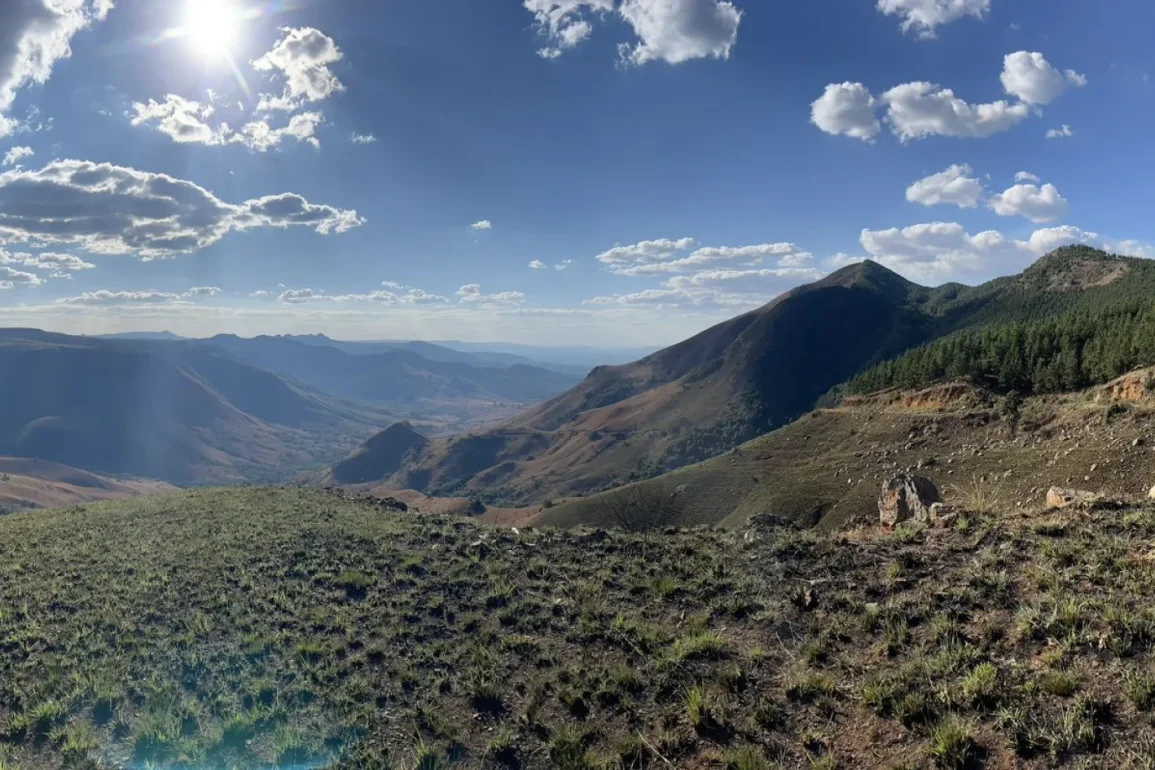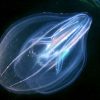A significant scientific revelation has emerged regarding the S2 meteorite, which struck Earth around three billion years ago, creating catastrophic conditions that led to the largest tsunami ever recorded. This colossal space rock measured between 40 to 60 kilometers in diameter, making it 40 to 60 times larger than the asteroid associated with the extinction of the dinosaurs.
The impact occurred during a formative period in Earth’s history when the planet was predominantly covered by water, leading to dramatic changes that boiled the oceans and unleashed gigantic tsunamis.
To investigate this ancient impact, Professor Nadja Drabon from Harvard University led a team of researchers to the Eastern Barberton Greenstone Belt in South Africa, one of the oldest geological formations on the planet.
The scientists embarked on challenging hikes into remote mountainous regions, equipped with sledgehammers to extract samples of spherule particles—tiny remnants left by the meteorite’s collision. Their efforts resulted in the collection of hundreds of kilograms of rock samples, which were later transported to laboratories for detailed analysis.
The S2 impact created a massive crater approximately 500 kilometers in diameter, sending pulverized rock and debris hurtling through the atmosphere. This violent event generated a cloud of molten rock droplets that fell back to Earth, likened by Professor Drabon to a rainstorm of lava.

The energy released during the impact was sufficient to produce a tsunami that swept across the globe, dwarfing the scale of the 2004 Indian Ocean tsunami. Additionally, the intense heat boiled the oceans and raised air temperatures by as much as 100°C, casting the planet into darkness as dust and particles blocked sunlight and wiped out early photosynthetic organisms.
Contrary to expectations that such an event would solely cause extinction, the research revealed a surprising resilience among early life forms. The disturbances caused by the impact stirred up vital nutrients like phosphorus and iron, which were essential for sustaining simple microorganisms.
Professor Drabon emphasized that life not only survived the catastrophic conditions but also rebounded rapidly, similar to how bacteria can repopulate quickly after being temporarily disrupted.
These findings contribute to a shifting understanding among scientists about the role of massive asteroid impacts in the evolution of early life on Earth. Rather than being purely destructive, these catastrophic events may have fostered conditions conducive to the rapid evolution and proliferation of microbial life.
The research suggests that the aftermath of such impacts could have created a fertile environment for life, fundamentally reshaping our comprehension of Earth’s biological history. The study’s results have been published in the journal PNAS, adding to the growing body of evidence that these violent celestial collisions played a significant role in promoting life’s resilience and development.

